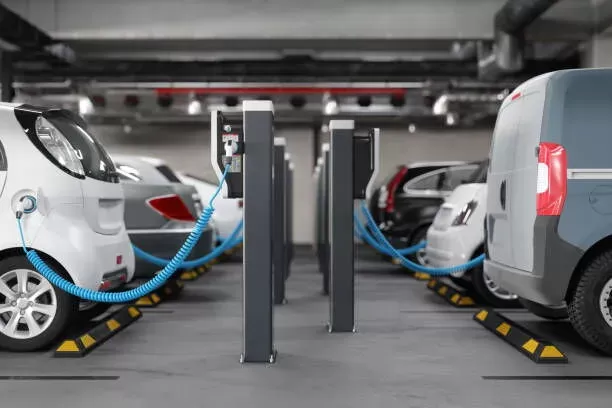Notifications

6 minutes, 36 seconds
-35 Views 0 Comments 0 Likes 0 Reviews

Topper Company, a leading professional EV charger manufacturer in China, provides reliable electric vehicle charging station equipment and comprehensive total solutions.
The rapid rise of electric vehicles (EVs) has fueled an increasing demand for reliable and efficient charging infrastructure. Whether you’re an entrepreneur eager to enter the EV charging market or an existing business owner aiming to expand your offerings, understanding the essentials of this evolving industry is crucial. This guide walks you through key market trends, types of charging stations, and important considerations to help ensure your venture’s success.
The global EV charging station market has experienced explosive growth, driven by the surge in EV adoption, government incentives, and heightened sustainability awareness. As nations intensify efforts to reduce carbon emissions, demand for EVs and supportive infrastructure continues to accelerate.
Market Value: Approximately USD 7.2 billion in 2023
Projected Growth: Expected to reach nearly USD 30 billion by 2028
This promising outlook presents lucrative opportunities for businesses but also brings challenges due to a competitive, rapidly shifting landscape. Choosing the right business model and understanding the variety of charging solutions are critical for success.
These chargers serve individual EV owners who prefer the convenience of charging at home. Typically offering power outputs from 3.5 kW to 22 kW, home chargers are usually AC units installed in garages, driveways, or designated parking spots. Although slower than public chargers, they provide steady, overnight charging.
Business Opportunities: Installation, maintenance, and support services for residential customers
Market Potential: Growing steadily as EV ownership expands
Public chargers cater to EV drivers who need quick, accessible charging while on the move. Found in high-traffic areas like malls, office parks, parking lots, and highways, these stations range from Level 2 AC chargers to high-power DC fast chargers capable of replenishing batteries in minutes.
Investment Considerations: Higher infrastructure costs, network connectivity, and payment processing systems
Profit Potential: Strong in urban areas with dense EV populations
Strategic Advantage: Partnerships with local governments and commercial property owners can provide prime locations and cost-sharing
Located at venues where visitors stay for hours—such as hotels, restaurants, resorts, and entertainment centers—destination chargers offer convenient top-ups during visits. Power output is typically similar to home chargers, designed for longer charging sessions.
Business Benefits: Increases customer dwell time, enhances brand appeal, and attracts eco-conscious clientele
Competitive Edge: Offering EV charging as an amenity can differentiate your business
Visibility, accessibility, and parking availability are paramount. Ideal locations include urban centers, highways, commercial hubs, and areas near complementary amenities.
Define your primary customers—residential users, commercial fleets, or the general public—as this shapes the types of chargers you install and the services you provide.
Invest in chargers compliant with international standards, compatible across diverse EV models, and integrated with seamless payment and mobile app systems. Future-proofing technology helps minimize costly upgrades.
Stay informed about local laws, incentives, and subsidies for EV infrastructure. Government programs can substantially reduce initial investments.
Choose between pay-per-use, subscription services, or value-added free charging aligned with your overall strategy. Sustainability and scalability are key.
Ensure reliable maintenance and customer service to reduce downtime, improve user experience, and maintain station uptime.
Research local EV adoption rates, competitor presence, and underserved areas to identify optimal station types and locations.
Calculate capital expenditures for equipment and installation, along with operating expenses such as electricity, maintenance, and customer support. Ensure pricing strategies cover costs competitively.
Collaborate with established companies, municipalities, or property owners to secure locations, share resources, and access funding.
Promote convenience, speed, and sustainability benefits through digital campaigns, social media, and local outreach to attract and retain customers.
Choose systems and models that allow network expansion, service enhancements, and technology upgrades to keep pace with growing demand.
The EV charging station sector stands at the forefront of a transformative market with immense growth potential. By understanding the market landscape, selecting appropriate charging technologies, and strategically planning your business model, you can position your venture for long-term success. Whether focusing on home charging, public stations, or destination points, providing reliable, accessible, and convenient charging solutions is the key to winning over today’s and tomorrow’s EV drivers. With the right approach, your EV charging business can thrive in this dynamic and expanding industry.Know more about Google SEO Directory
China EV Chargers EV Charger Manufacturer EV Charging Solutions

